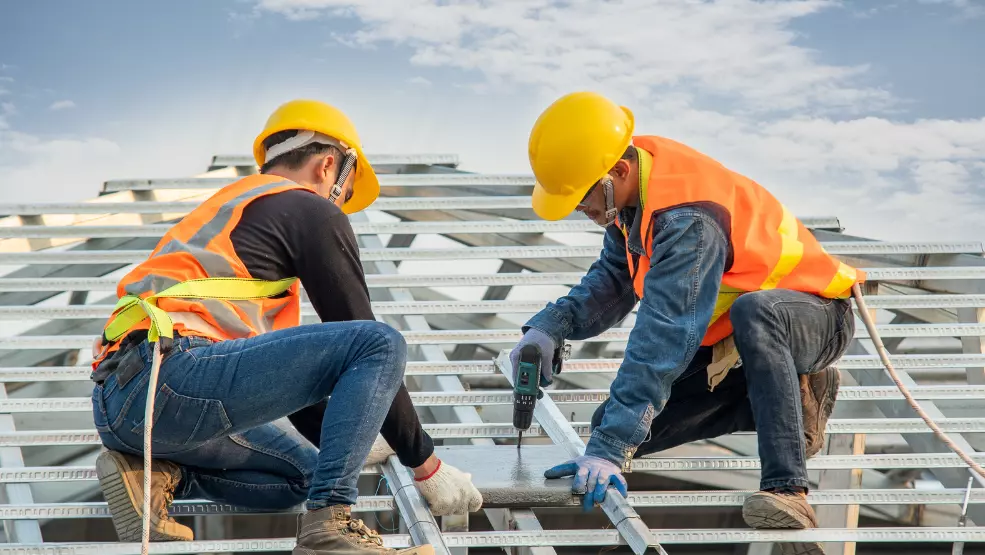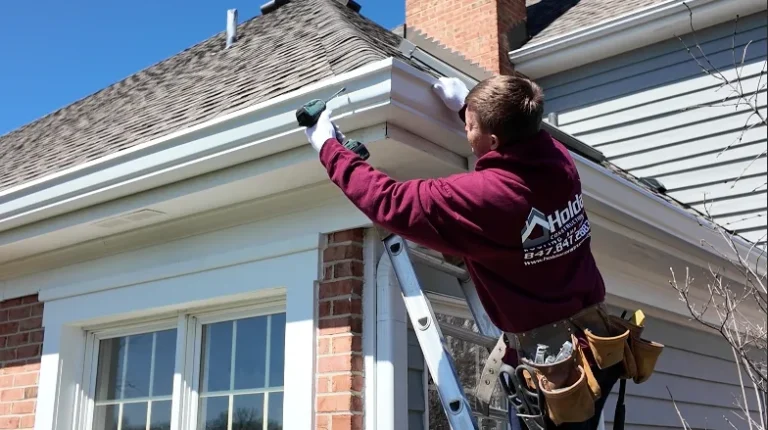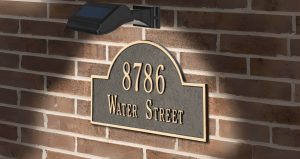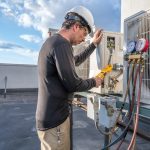The roof of an industrial building is a primary asset, protecting everything from expensive machinery and stock to the workforce below. Yet, it is often an overlooked component until a major issue arises. Proactive and regular maintenance is the most effective strategy for ensuring the long-term integrity and performance of your facility’s roof. This approach helps prevent costly repairs, operational disruptions, and safety hazards.
In Australia, commercial buildings face a range of harsh weather conditions, from intense summer sun and heat to heavy downpours and strong winds. These elements place considerable stress on roofing materials over time. For businesses with large facilities, such as those considering industrial metal roofing Perth, establishing a consistent maintenance schedule is fundamental to asset protection. A small leak, if left unattended, can lead to significant water damage, mould growth, and structural problems that compromise the entire building.
Regular inspections are the foundation of any effective roof maintenance plan. These checks allow for the early detection of potential problems like cracked seals, blocked gutters, loose flashings, or surface degradation. Identifying and addressing these minor issues promptly is far less expensive than dealing with a full-blown roof failure. A structured maintenance programme extends the lifespan of your roof, ensuring you get the maximum return on your initial investment.
Key Benefits of a Maintenance Schedule
Implementing a routine maintenance plan offers several tangible advantages for any industrial operation.
Preventing Business Interruptions
A sudden roof failure can bring your operations to a halt. Water damage to equipment or inventory can lead to significant financial losses and downtime. Scheduled maintenance minimises the risk of unexpected leaks or structural failures, allowing your business to continue running smoothly without unforeseen interruptions.
Improving Safety and Compliance
A neglected roof can become a serious safety risk. Leaks create slip hazards for employees, and structural weaknesses could lead to a collapse. In Australia, building owners have a duty of care to provide a safe working environment. Regular roof checks help ensure you meet occupational health and safety (OHS) standards and avoid potential liabilities.
Enhancing Energy Efficiency
A well-maintained roof contributes to better building insulation. Small gaps or damaged sections can allow air to escape, forcing your heating and cooling systems to work harder to maintain a stable internal temperature. By sealing gaps and ensuring the roof is in top condition, you can reduce energy consumption and lower your utility bills.
What Should a Maintenance Plan Include?
A comprehensive industrial roof maintenance plan should be tailored to your building’s specific needs but generally includes several core activities. Regular clearing of gutters and drains is essential to prevent water pooling, which is a leading cause of leaks and material degradation. Visual inspections, conducted at least twice a year and after severe weather events, help spot visible signs of wear and tear.
Professional assessments can identify problems that are not obvious to the untrained eye, such as hidden moisture beneath the roof membrane. By documenting inspections and repairs, you create a valuable history of your roof’s condition, helping to plan for future capital expenditure when a replacement eventually becomes necessary. This proactive approach turns roof care from a reactive expense into a managed asset strategy.















